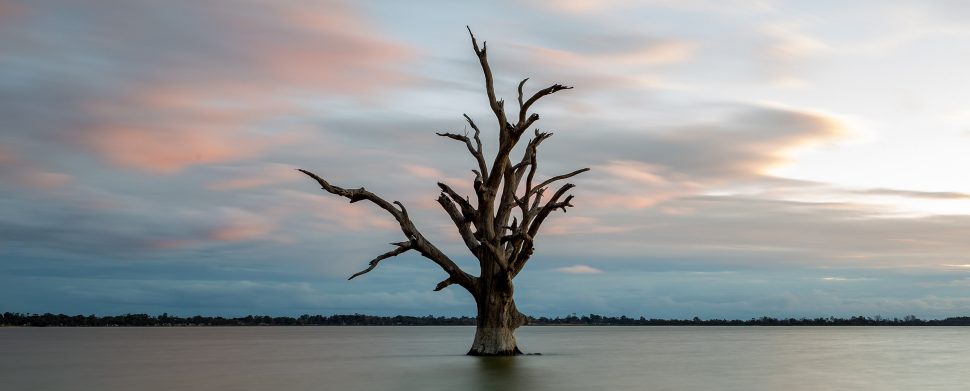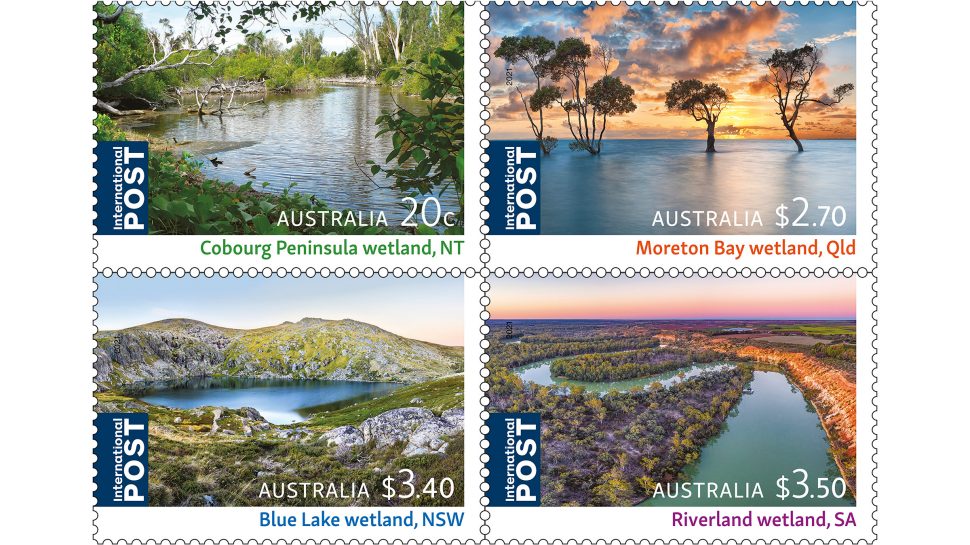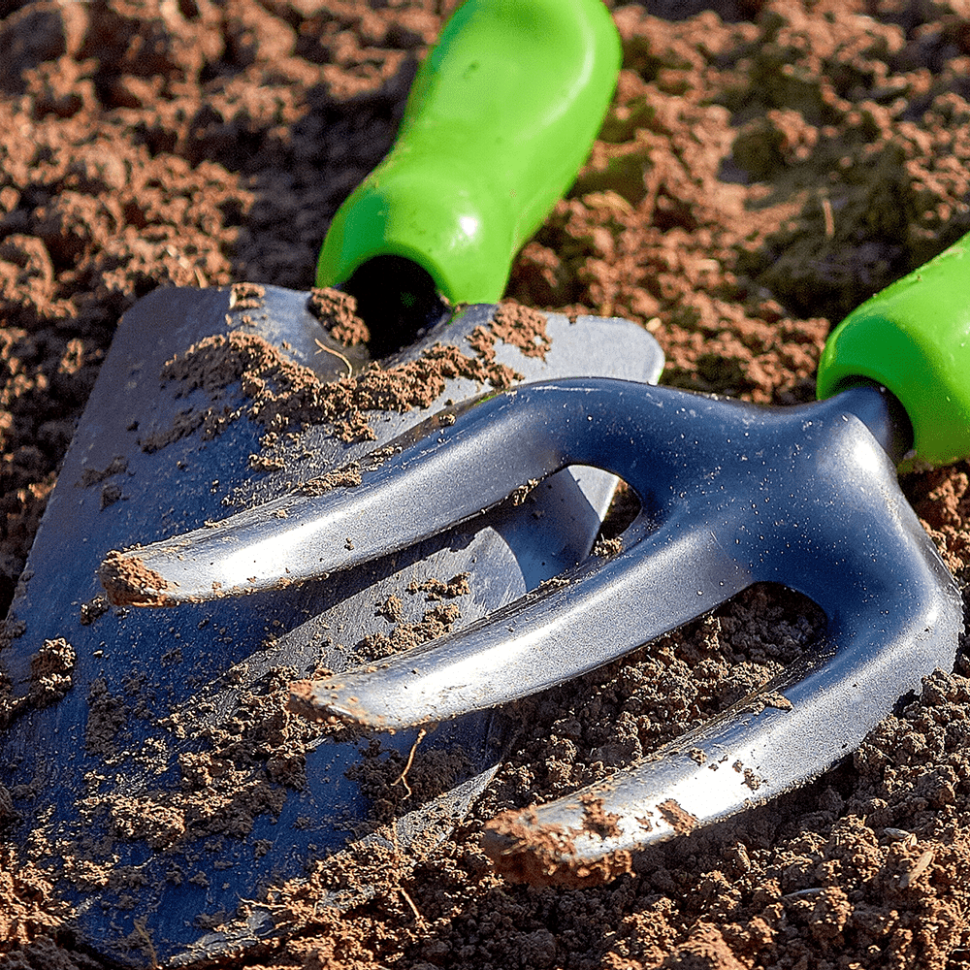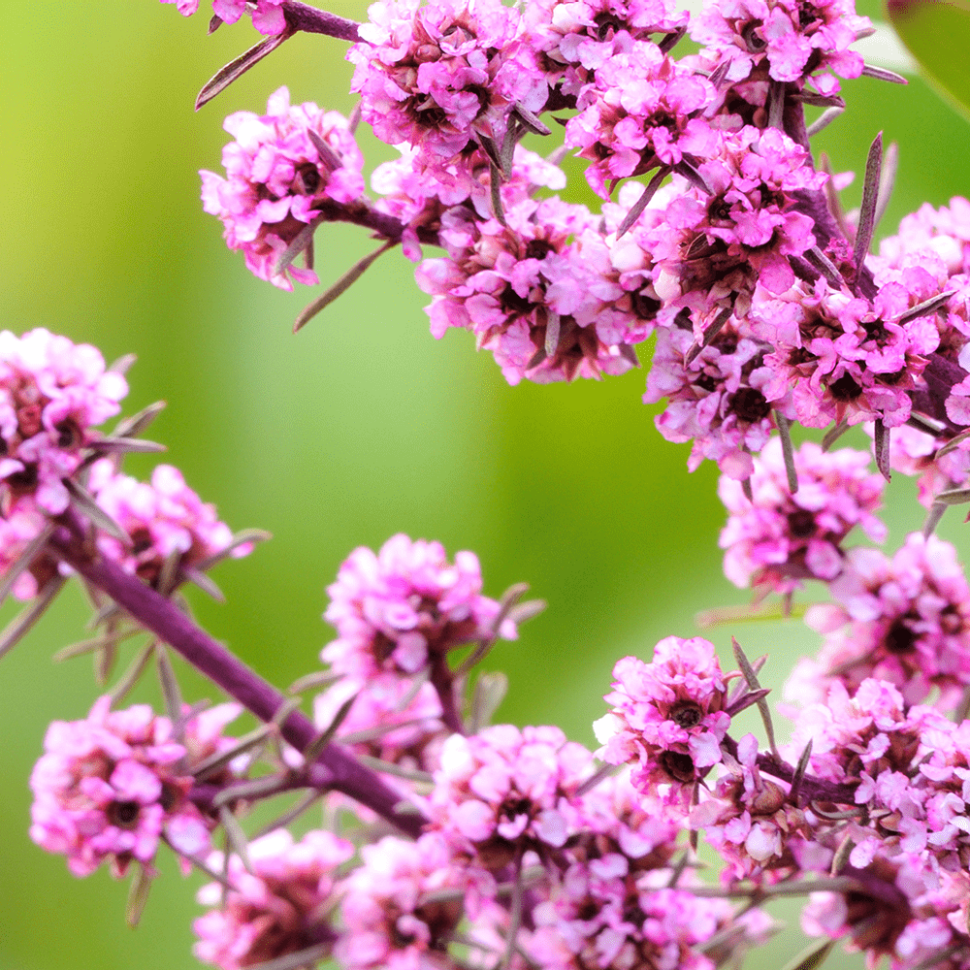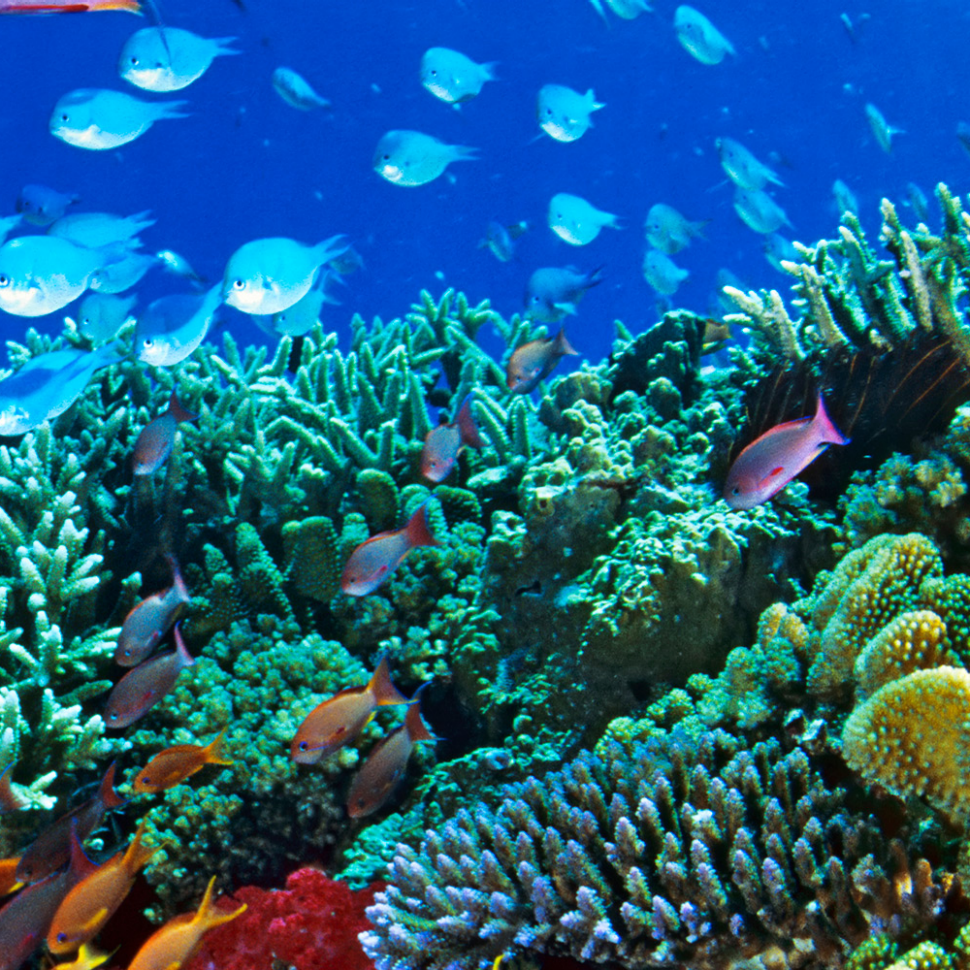Marshes, billabongs, lakes, rivers, mangroves, coral reefs and underwater caves: these are all examples of wetlands – areas of land where static or flowing water covers the soil. The water may be fresh, brackish or saline and it may cover the soil all year or only at certain times. Wetlands can be naturally occurring or created by human intervention.
What each wetland type has in common is its vital role in environmental health. These highly productive ecosystems sustain biological diversity, provide habitat for flora and fauna, improve water quality, store carbon and help to protect against erosion, floods and storm surges. The value of wetlands also comes from their ability to enhance human wellbeing, as places of recreation, education, tourism and, for Indigenous Australians, places of cultural significance.
Australia is one of the five co-founding nations of the Ramsar Convention on Wetlands of International Importance, signed on 2 February 1971. The convention takes its name through being founded in the city of Ramsar, Iran. This international convention recognises important wetlands around the globe and was the first global treaty between nations aimed at nature conservation and sustainable development. The convention seeks to halt the loss of wetlands and requires signatories to promote the “wise use” all wetlands within their jurisdiction. For a site to be considered for Ramsar listing it must be a representative, rare or unique type of wetland or an important site for conserving biological diversity, both faunal and floral, particularly where a species is considered at risk.
Australia has 66 wetlands of international importance (or Ramsar sites), which are protected under the Commonwealth Environment Protection and Biodiversity Conservation Act (1999). Ramsar sites occur in every Australian state and territory and cover some 8.3 million hectares. Ramsar and other wetlands in the Murray-Darling Basin are provided with environmental water to maintain their health. Globally, there is a network of more than 2,400 Ramsar sites, covering more than 250 million hectares, managed by the 171 countries that are signatories to the convention.
The Ramsar Wetlands stamp issue, which will be released on 22 February 2021, presents four beautiful and diverse wetlands from around Australia that span the range of wetland landscapes – from a glacial lake in the Australian Alps (Blue Lake, New South Wales) and an inland river in the Murray-Darling Basin (Riverland, South Australia) to a coastal wetland close to a major city (Moreton Bay, Queensland). One stamp also features Cobourg Peninsula, Northern Territory, a system of remote tropical wetlands, managed jointly with the traditional owners (the Arrarrkbi). Cobourg Peninsula holds the distinction of being the world’s first Ramsar site.
Across the world, wetlands and wetland health are impacted by climate change, environmental degradation, land use and increasing population, so legislation and other mechanisms for their conservation and management are crucial. Jenny Tomkins, Assistant Director of the Wetlands Section in the Commonwealth Department of Agriculture, Water and the Environment, is involved in important work to preserve our nation’s wetlands. Jenny has worked in the environment portfolio for almost 40 years, across a number of areas, including environmental assessment, heritage, landcare, vegetation, environmental education and wetlands.
Jenny holds a Bachelor of Science degree from the Australian National University and a Postgraduate Certificate in Education. Her academic interests and work choices were influenced by a love of walking in the bush, playing in creeks and watching wildlife, as a child.
“Wetlands are particularly interesting as they support a huge variety of birds, fish, frogs and insects. They are also beautiful places to visit – coasts, lakes, estuaries, rivers and springs. I continue to enjoy visiting my local urban wetlands,” says Jenny.
“Wetlands are important too because they support amazing wildlife, including migratory birds which fly more than 10,000 kilometres from their breeding grounds in Siberia and Alaska to feed in Australia during our summer. They also provide key services to people, including clean water, coastal protection, nurseries for fish and seafood, cultural values to First Peoples and places for tourism and recreation. The public may not realise that globally, wetlands provide services worth US$47 trillion per year, including helping regulate our climate. Wetlands store more carbon than forests,” says Jenny.
Jenny’s work in the Wetlands Section of the department has spanned a decade, during which she has worked on wetlands policy, research and communications. Jenny’s team administers the Ramsar Convention on Wetlands within Australia and promotes the conservation of Australia’s Wetlands of International Importance and the wise use of all wetlands. She has also coordinated Australia’s role in celebrating the 50th anniversary of the Ramsar Convention.
Jenny notes that the Ramsar Convention was developed and negotiated in the 1960s, during the height of the Cold War: “It is a testament to the hard work and good will of the scientists, citizens and government officials that, in spite of these tensions, they could come together to create a system to protect wetlands and waterbirds throughout the world.”
In a continuing spirit of collaboration, currently, the Wetlands Section is working with Geoscience Australia to develop a National Wetland Inventory to help map and understand freshwater and coastal wetlands. Citizen science also makes a valuable contribution to scientific research aimed at increasing understanding of wetlands and wildlife, as well as how best to manage them.
There is also ongoing co-operation between member countries to improve understanding and management of wetlands. Each year, communities across the world celebrate wetlands and promote their conservation on World Wetlands Day (2 February), the anniversary of the signing of the convention. On this 50th anniversary of the convention, there is a sustained focus on the unique values of wetlands and their place in the broader ecosystems of the planet.
“I encourage everyone to celebrate the Ramsar 50th anniversary this year, by visiting a local wetland, getting involved in a wetland conservation project, becoming a citizen scientist or taking part in World Wetlands Day activities ,” says Jenny.
“And I hope the stamp issue inspires people who have never thought about wetlands or waterbirds to learn more about them and to visit their local wetland.”
The Ramsar Wetlands stamp issue is available from 22 February 2021, online, at participating Post Offices and via mail order on 1800 331 794, while stocks last.
This content was produced at the time of the stamp issue release date and will not be updated.
